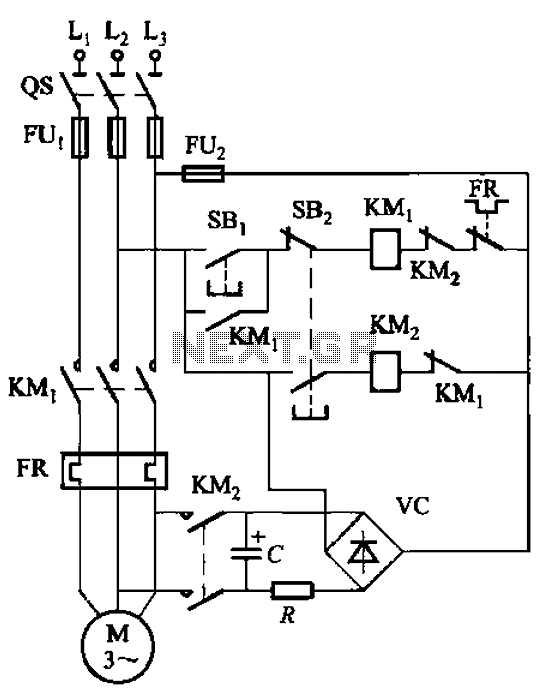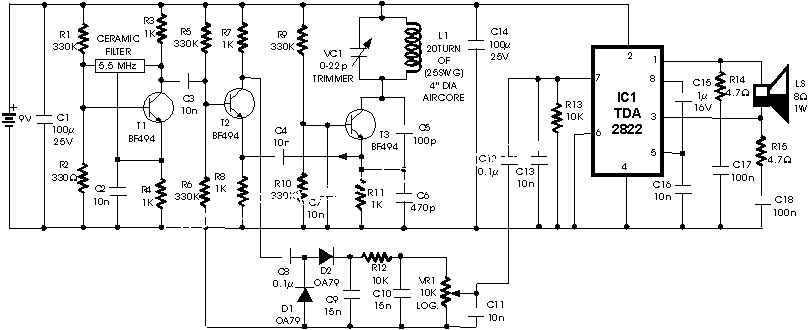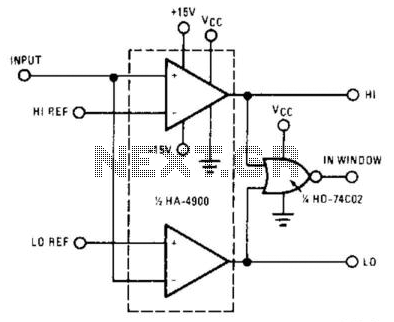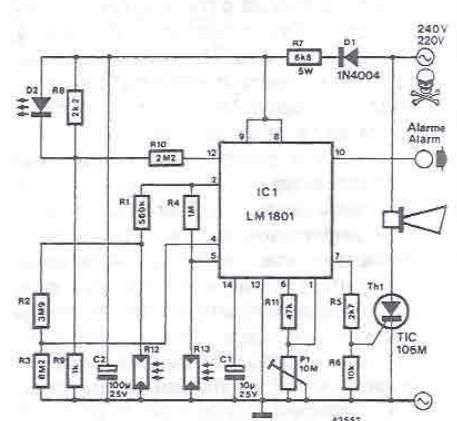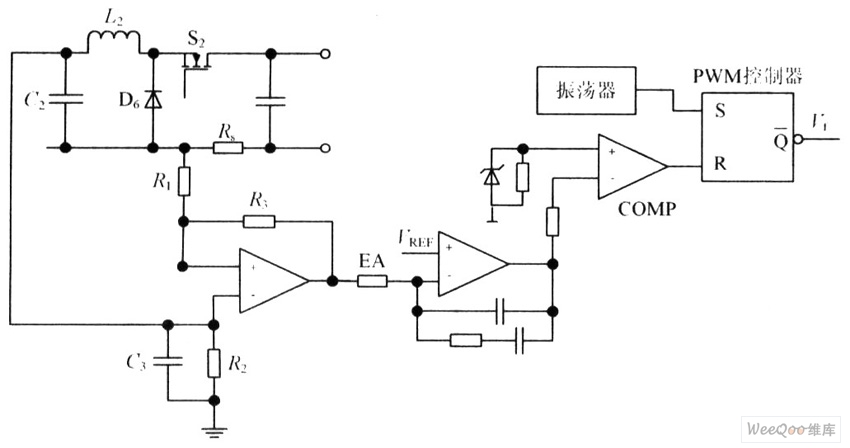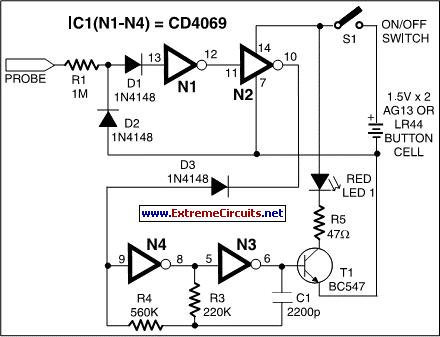
Coil Coupled Operation Metal Detector

A coil-coupled operation metal detector constructed from commonly available components, utilizing a standard medium receiver as the detection unit.
The coil-coupled operation metal detector functions by employing a transmitter coil and a receiver coil that are magnetically coupled. The transmitter coil generates an electromagnetic field when an alternating current is passed through it. This field extends into the surrounding area and, when a metallic object enters this field, it induces eddy currents within the object. These eddy currents, in turn, create their own electromagnetic field, which can be detected by the receiver coil.
The medium receiver, typically used for standard radio frequency applications, is adapted to process the signals received from the receiver coil. The output from the receiver is then analyzed to determine the presence and type of metal detected. This adaptation allows for a cost-effective solution, as the components required for the metal detector are readily available and do not necessitate specialized equipment.
The circuit design typically includes a power supply to provide the necessary voltage for the coils, an oscillator circuit to generate the alternating current for the transmitter coil, and an amplifier to boost the signal received by the receiver coil. Additional components may include filters to eliminate noise and improve detection sensitivity, as well as visual or auditory indicators to alert the user when metal is detected.
Overall, this metal detector design exemplifies an efficient use of basic electronic components to achieve effective metal detection capabilities.A Coil Coupled Operation Metal Detector made from readily obtainable components and using an ordinary medium receiver as a detector.. 🔗 External reference
The coil-coupled operation metal detector functions by employing a transmitter coil and a receiver coil that are magnetically coupled. The transmitter coil generates an electromagnetic field when an alternating current is passed through it. This field extends into the surrounding area and, when a metallic object enters this field, it induces eddy currents within the object. These eddy currents, in turn, create their own electromagnetic field, which can be detected by the receiver coil.
The medium receiver, typically used for standard radio frequency applications, is adapted to process the signals received from the receiver coil. The output from the receiver is then analyzed to determine the presence and type of metal detected. This adaptation allows for a cost-effective solution, as the components required for the metal detector are readily available and do not necessitate specialized equipment.
The circuit design typically includes a power supply to provide the necessary voltage for the coils, an oscillator circuit to generate the alternating current for the transmitter coil, and an amplifier to boost the signal received by the receiver coil. Additional components may include filters to eliminate noise and improve detection sensitivity, as well as visual or auditory indicators to alert the user when metal is detected.
Overall, this metal detector design exemplifies an efficient use of basic electronic components to achieve effective metal detection capabilities.A Coil Coupled Operation Metal Detector made from readily obtainable components and using an ordinary medium receiver as a detector.. 🔗 External reference
